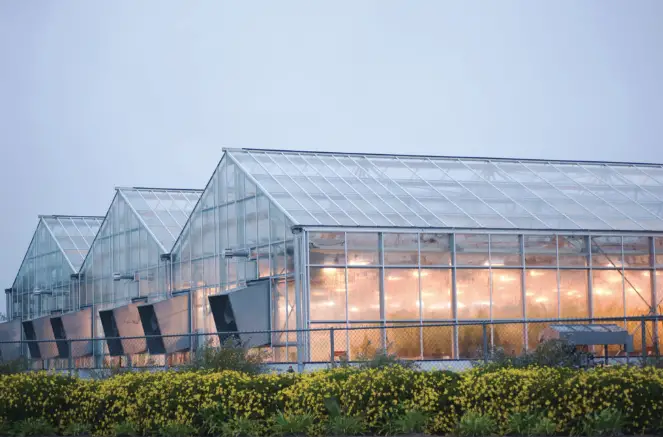How To Choose The Right Greenhouse Covering For Your Operation?

Greenhouses are climate-controlled units that maintain adequate light and heat for plants to grow well and flourish. An enclosed greenhouse will be ideal for places that experience sub-zero temperatures as frost during winter months will kill the plants. Regions with hot climates can use a partially enclosed greenhouse with glazing material that will provide shade from the scorching sun. Although different locations experience varied climates, global warming is stressing local weather drastically. Many regions are witnessing hotter summers and colder winters. To combat this change, a fully equipped and covered greenhouse that can be functional both for winterizing and heat-protectant is practical.
Farming zones that enjoy a good harvest cycle with some heat in the summer can use polyethylene covering for greenhouse. Likewise, other glazing and covering materials are opted for as per the utility requirements of the greenhouse. In places with extreme weather conditions, apart from the regular glazing, thermal curtains are used to insulate and retain the heat. Greenhouses in hot places need to use dehumidifiers to reduce the humidity inside and allow the transpiration rate to increase. Excessive heat, humidity, and cold will either dehydrate the plant or cause rot. For plants to bloom and flourish they need day temperatures ranging between 65-75oF. Air circulation in greenhouses depends on thermal buoyancy where hot air goes up and cold air remains downwards. During summers, in hot weather countries, this difference is minuscule. Exhaust fans have to be used to cool the place around. The type of glazing material cover contributes to the transparency and PAR or photosynthetic active radiation. To reduce energy bills, the right choice of glazing material needs to be selected. Here are the basics to be adhered to when using a glazing material for greenhouses:
- Functional Use
Glass offers the best light transmission and durability as it’s long-lasting. Modern glasses are resilient variants that can bear the pressure of snow and wind. Regular wear and tear will not reduce the strength or use case anytime soon. It is suggested to use glass in high-value crops that bring in better margins. Areas with low sunlight need a glass greenhouse to trap the heat and light for the plants. Polycarbonate can be used in most cases except in places that have high-value plants and are sub-zero climate zones. Otherwise, the insulation costs of the greenhouse will go up. Plastic films are low-budget and not very durable. Best suited for temporary structures to protect nursery plants before transplantation, polyethylene finds a base of users.
- Cost-Efficiency
The price of glaze material alone does not determine cost-efficiency. The operational cost of running a greenhouse is determined by location and the glazing material. As reiterated, glass is the best option in sub-zero places as it has the best light transmission and helps in retaining heat. The long-term benefits of maintaining the greenhouse will impact the margins and the choice of glazing material plays the pivot.
Conclusion:
Considering the greenhouse’s objective, location, and budget, take an expert’s opinion who can guide you with the best and worst-case scenarios of the project.
